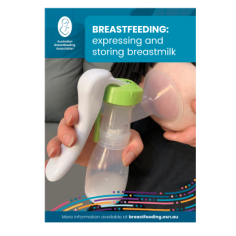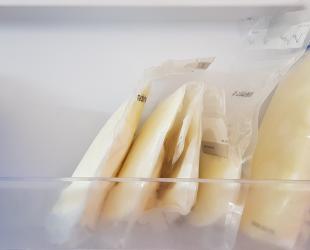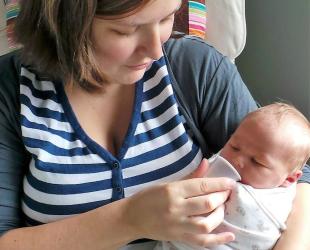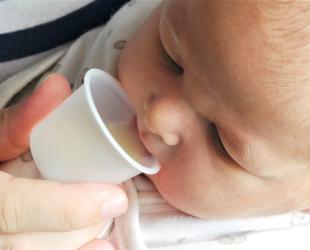Safe, simple steps for warming and preparing expressed breastmilk for your baby.
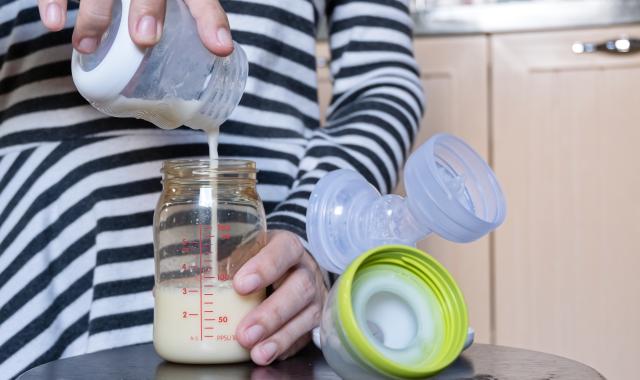
Expressed breastmilk gives your baby all the benefits of breastmilk, even when you’re apart. Handling and preparing expressed milk with care helps protect its nutrients and keeps your baby safe.
Key safety tips before you start
- Wash your hands thoroughly before handling expressed milk or feeding equipment.
- Use clean bottles, teats, and feeding equipment every time. Breastmilk, like other food, can grow germs, particularly after freezing and thawing. Wash bottles, teats, spoons, cups or other feeding equipment need in hot, soapy water and rinse well. If not using straight away you can air-dry or dry with new paper towel or cloth.
- Never use a microwave to thaw or heat breastmilk. It can create hot spots and damage nutrients in the milk.
- Don’t overheat or boil breastmilk.
- Only heat or warm breastmilk once. Discard any leftovers after feeding.
Thawing frozen expressed milk
Frozen breastmilk may be in a bottle, storage bag or other container.
- Thaw in the fridge: This can take several hours or overnight.
- Thaw quickly in warm water: If you need breastmilk sooner, stand the container in a bowl of warm (not hot or boiling) water and gently move it around until thawed. As the water cools, add a little hot water to the bowl and keep moving the container until it all becomes liquid. You may need to then put the milk into a clean feeding container.
- Never thaw at room temperature: This can allow germs to grow.
- Do not refreeze thawed milk
Milk that has been thawed in the fridge can be
- stored for 24 hours in the fridge OR
- kept for no more than 4 hours at room temperature OR
- used immediately to feed the baby.
Warming breastmilk
- To heat cold or defrosted expressed milk: Stand the bottle or bag in a container of hot (not boiling) water until the milk feels warm to the touch. Swirl gently to mix.
- Test the temperature: Drop a little milk on your wrist. It should feel warm, not hot.
- Avoid microwaves: Microwaving can create hot spots and damage nutrients.
- Don’t heat breastmilk more than once.
It's not essential to warm the milk to feed your baby. Some babies may be fine with having cooler milk, especially as they get older.
Feeding and leftovers
- Offer small amounts: Prepare only what your baby needs for each feed.
- Discard leftovers: Any milk your baby doesn’t finish should be thrown away.
- If your baby needs more: Prepare a fresh small amount.
Troubleshooting: changes in smell or taste
Occasionally a mum might notice a change in the taste and smell of her breastmilk after it's been stored. This can be due to an enzyme called lipase (which naturally occurs in breastmilk) breaking down the fat in the milk as it would normally in a baby's stomach. It isn’t harmful but some babies may not like the taste. This isn't all that common but if you find it happens with your breastmilk, it’s probably going to keep happening.
The problem can be fixed by heating your EBM (not in the microwave) to 72'C for 2 minutes straight after expressing. This will stop the enzymes from working. Then cool it quickly by placing the container into a bowl or sink of ice and water. Some of the protective properties of breastmilk may be lost during this process but it's better than having to throw it away. Then store your milk as usual.
© Australian Breastfeeding Association December 2025
Spitzer, J., Doucet, S., & Buettner, A. (2010). The influence of storage conditions on flavour changes in human milk. Food Quality and Preference, 21(8), 998-1007.
More resources on using expressed breastmilk

